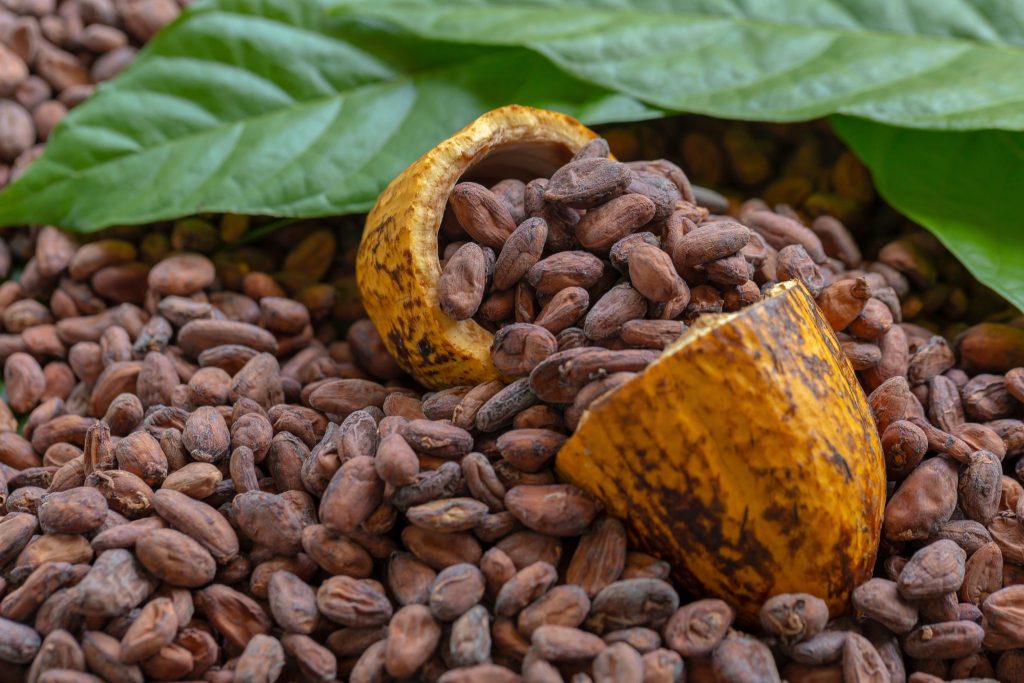Many years before the Europeans arrived in the Americas, the region’s indigenous people used money that literally was growing on trees. The tiny brown seeds that came to be known as cacao beans held real value, and the Incas, the Aztecs and Costa Rica’s Chorotega people all used it as currency. For them, it was worth as much as gold. The Aztecs conquered the Toltecs on 1325 and they discovered a beverage the Toltecs were drinking. It came from the cacao beans and by the time it was named “cacahuatl” or “sun beans”. The beans became so valuable and were used for both medicinal and aphrodisiac purposes. The Aztecs and Mayans started adding allspice, vanilla or honey to the beverage. It was enjoyed mostly by the high class and was an expensive drink. By the Time Columbus arrives, he was offered cacao beans in exchange for goods. He returns to Spain with some cacao beans, the Queen and the King were not pleased with the cocoa drink, thus they didn’t see how important it could become. After Columbus, Hernan Cortes comes to the Americas and conquered the Aztecs, he returns to Europe with some cocoa beans and some equipment to produce the beverage. At the beginning, it wasn’t accepted because of the bitter taste. Then, they added sugar cane and some spices such as vanilla and cinnamon to the beverage. The Royals and Nobles started accepting the drink. The Spanish began to cultivate cacao in other areas close to the equator. The cacao exports became very important and first processing plant was established in Spain in 1580. In the early 1600s, the chocolate spread across Europe, being always an exclusive drink for the high class. In the 1700s and the 1800s with some new machines available to process the beans, the companies started to produce cocoa products. Some huge chocolate companies were born and the chocolate boom started.
- Nusa Lembongan No.19 Klungkung, Bali
- navine@domain.com
- +62-311-89-90-19

